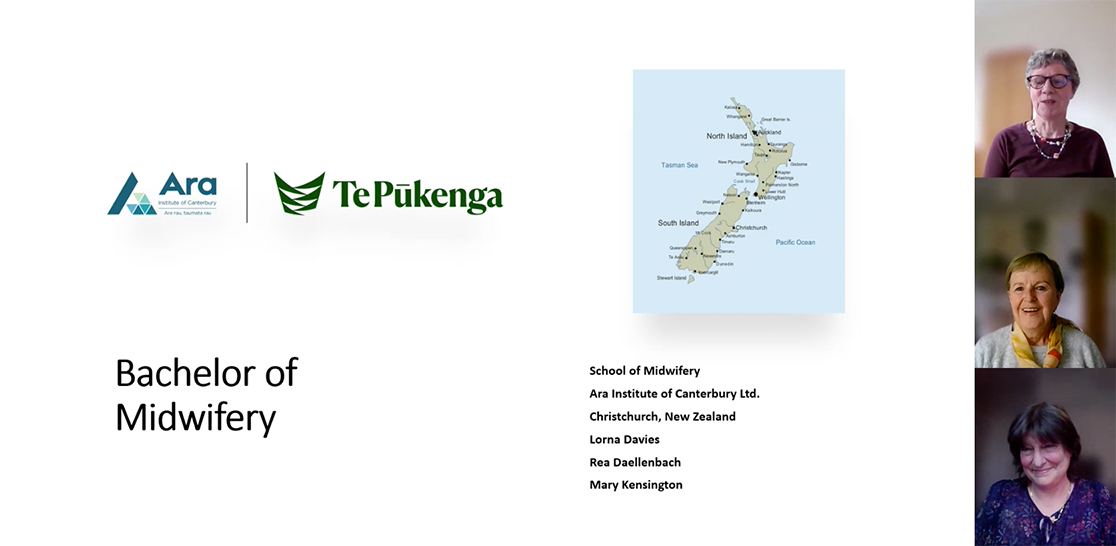
It takes many years for an innovative practice with technology to show evidence of impact and benefit. Since 2012 our clients have used OB3 to bring content and discussions together in the same place. Lecturing staff and students can pose questions and respond anywhere within the content, bring examples and adapt to study requirements. It makes contributing as easy as in a face-to-face classroom.
Our clients’ achievements demonstrate OB3 enables:

Over 17 years, the University of Sydney and the University of Otago have collaborated to deliver a hybrid degree in ophthalmic sciences. The programme is undertaken by busy early career doctors wishing to learn about the scientific foundations of ophthalmology. Study involves 18 months part-time online study followed by a two-week intensive in-person practical.
The distance learning units are delivered using educational technology that brings content authoring and online discussions together in the same place and transforms students into active participants. This change in interaction design provides a seamless online learning environment for students and lecturers from both institutions.
A high level of collaborative content development is enabled, and alumni are provided with lifelong access to the latest lectures, wiki page collections and study notes. Lecturers and students across both countries interact online asynchronously and conduct all learning remotely. Once all the online units are complete, a practical unit is undertaken to reinforce the theoretical knowledge learned and to expand into practical hands-on experience.
The balance between distance and face-to-face teaching has been a strength of the programme which is highly rated by students and provides excellent flexibility in the changing medical environment. Ease of communication between academics in Sydney and Otago universities is also allowed as well as the ability to innovate, easily update and enhance online content.
Students show excellent engagement with the course content and immediate benefits in the lecturer-student connection are experienced. Over time, these connections deepen into a wider-range of collaborative activities between learners. Otago-Sydney students and academics co-design assignments, with students in control of decision making and having substantial influence on wiki-style co-written documents, journal clubs, and student-led online lecture development with multimedia content. Good quality assignments become elements in the curriculum.

The Bachelor of Midwifery programme at Ara Institute underwent a massive change from face-to-face to blended learning in 2009. The change was driven by issues relating to access and equity particularly for students living in rural areas or from outside main centres to be able to study Midwifery, so they did not have to uproot their families/whanau by having to travel to urban centres to study, with the consequence of many of them never going back.
This programme involves the use of hybrid and flexible teaching models with technologies that support synchronous and asynchronous delivery. It is based on a distributed model of blended learning and a network approach in its curriculum design and design of learning opportunities.
Educational experiences are distributed across a variety of geographic settings, time and various interactive media. The programme is distributed across the upper South Island/Te Waipounamu, with satellite students and lecturers/kaiako from across Canterbury, as well as Nelson, Marlborough, and the West Coast. The educational experiences involve small regional tutorial groups, centrally located block courses, and midwifery practice placements in community, hospital and virtual reality. Technologies (i.e. online network learning, a virtual reality birthing woman, and e-portfolios) are used to network learners with other learners, with lecturers and experts.
Students are enabled to complete most of the programme in the areas in which they live and only come to Christchurch, for the block week of face-to-face classroom sessions and some specialist practice placements. Local midwifery practice placements supported by a local lecturer, and online learning coordinated from the Christchurch-based centre has increased the opportunities for midwifery practice placements, and therefore the numbers of students accepted into the programme.
The Ara Institute collection of graduate destination outcomes statistics indicates with this new programme, most of the students have remained in their home areas after graduation. This outcome has made a significant difference in rectifying midwifery shortages in the regional and rural areas of the upper South Island and supports the 2010 WHO recommendations for improving the recruitment and retention of rural and remote health workers.